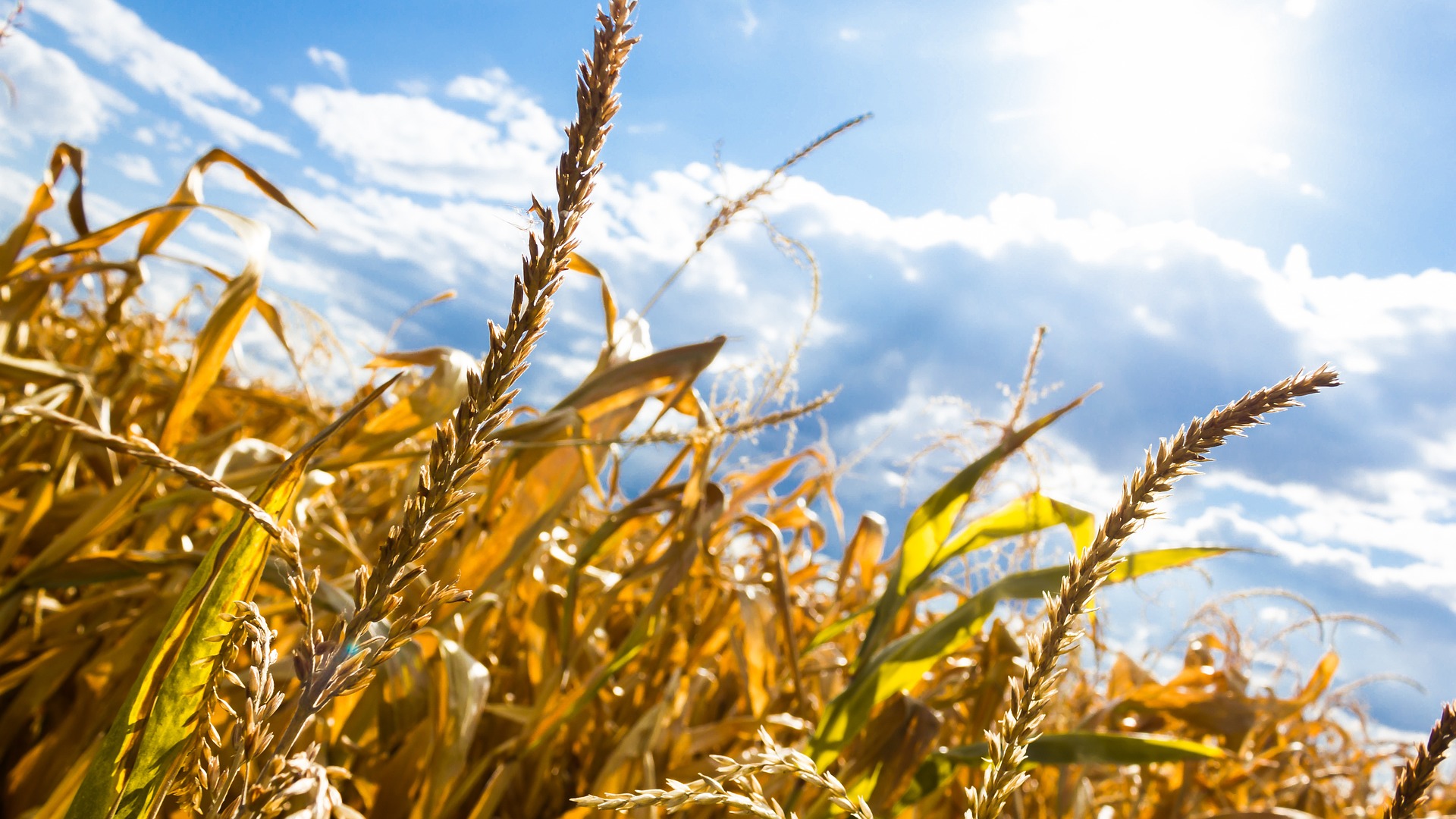
According to the ISMEA (Institute of Services for the Agricultural Food Market), the 2017/18 marketing campaign closed with a recovery in wheat prices at the source: +8.3% over 2016/17 for durum wheat, quoted at an average campaign value of 210.03 EUR/t, and +7.1% for common wheat at 187.70 EUR/t. The month of July 2018, which coincides with the onset of the 2018/19 marketing year, showed a slight cyclical increase in the prices of both products: +3.3% for durum wheat, which reached 201.45 EUR/t, and +1.3% for common wheat at 184.21 EUR/t; however, the comparison with the July 2017 price lists shows that durum wheat prices dropped by 8.6%, while common wheat remains substantially stable (-0.4%). The only official data available to date on the national production trend of wheat is the data released by the ISTAT (National Statistics Institute) last February: for 2018, this information estimates a 1.8% drop in durum wheat surfaces and an increase of 4.5% in surfaces with common wheat. More recent, but still provisional and territorially fragmentary indications come from qualitative-quantitative information collected by the ISMEA from certain privileged contacts. In general, the ISTAT indications concerning the covered surfaces are confirmed, even if at different rates of change for the two products.
As regards durum wheat specifically, in fact, the decline in surfaces could be very limited at a national level given that a reduction of about 5% in investments was reported only in Sicily, while the surfaces of the other main reference regions for its cultivation should remain substantially stable.
In the case of common wheat, the indications are for a national average of +2% with increases in all major production areas of Northern Italy. As regards production, significant issues were noted in terms of unit yields and of grain quality due to the anomalous spring heat during the flowering phases and the intense July rains that delayed threshing operations. Yields per hectare are likely to be lower than last year, especially for common wheat, for which yield drops of up to 20% have been reported in some areas of the Center North. The 2018 harvest should be characterized by a less than satisfactory hectoliter weight and protein content; in the specific case of durum wheat, the grain could present washiness phenomena that, together with the low hectoliter weight, would negatively affect the semolina yield. Between January and April 2018, the trade deficit in value of common wheat deteriorated, compared to the same period last year, as a result of the increase in average import prices and above all of the quantities requested abroad. In the period from January to April 2018, the durum wheat trade balance showed a significant trend improvement of the deficit in value due to the sizeable reduction in incoming volumes, which was also matched by the drop in average import values. The drop in imports is to be attributed substantially to the arrivals from Canada, which have almost completely disappeared in the trend comparison; during the first four months of the year, in fact, only small volumes were imported in January and March. This dynamic is a consequence of the concerns generated among the supply chain operators due to the use of glyphosate for the cultivation of Canadian grain.
In the first four months of the year, the trade surplus of semolina pasta improved on a trend basis thanks to the increase in exported volumes, while average export values fell slightly (-0.9%). The cumulative figure for January – April 2018 showed, in fact, an increase in the surplus (+9.8% to EUR 535,000,000) and the exported volumes increased to 589,000 tons (+11.7%). In the case of bakery and biscuit products, on the other hand, the balance sheet asset side decreased (-2.5% to EUR 329,000,000) due exclusively to the drop in average unit values for exports; the volumes abroad in fact increased by 5.8% reaching 169,000 tons. Based on the latest indications from the IGC, the world wheat supply in 2018 is expected to lose approximately 5% compared to the record harvests of last year, falling to 721,000,000 tons. On a territorial level, the production drop should be more sizeable in Russia, Ukraine and Kazakhstan and also in the EU; on the contrary, North American and Australian harvests are estimated to increase. Specifically for the two wheat types, the production trend highlights a contraction in common wheat crops (-5.3% over 2017 to 683,000,000 tons) and an increase in durum wheat (+3.0% to 38,000,000 tons).
The most up-to-date indications available on the wheat market fundamentals highlight elements that could transmit an upward trend to the grain prices during the marketing campaign that has just begun. The latest IGC update, in fact, estimates that the overall wheat harvest volumes can remain at levels below demand, thus leading to a contraction in stock in all the main exporting countries.
“Il Giallone”

